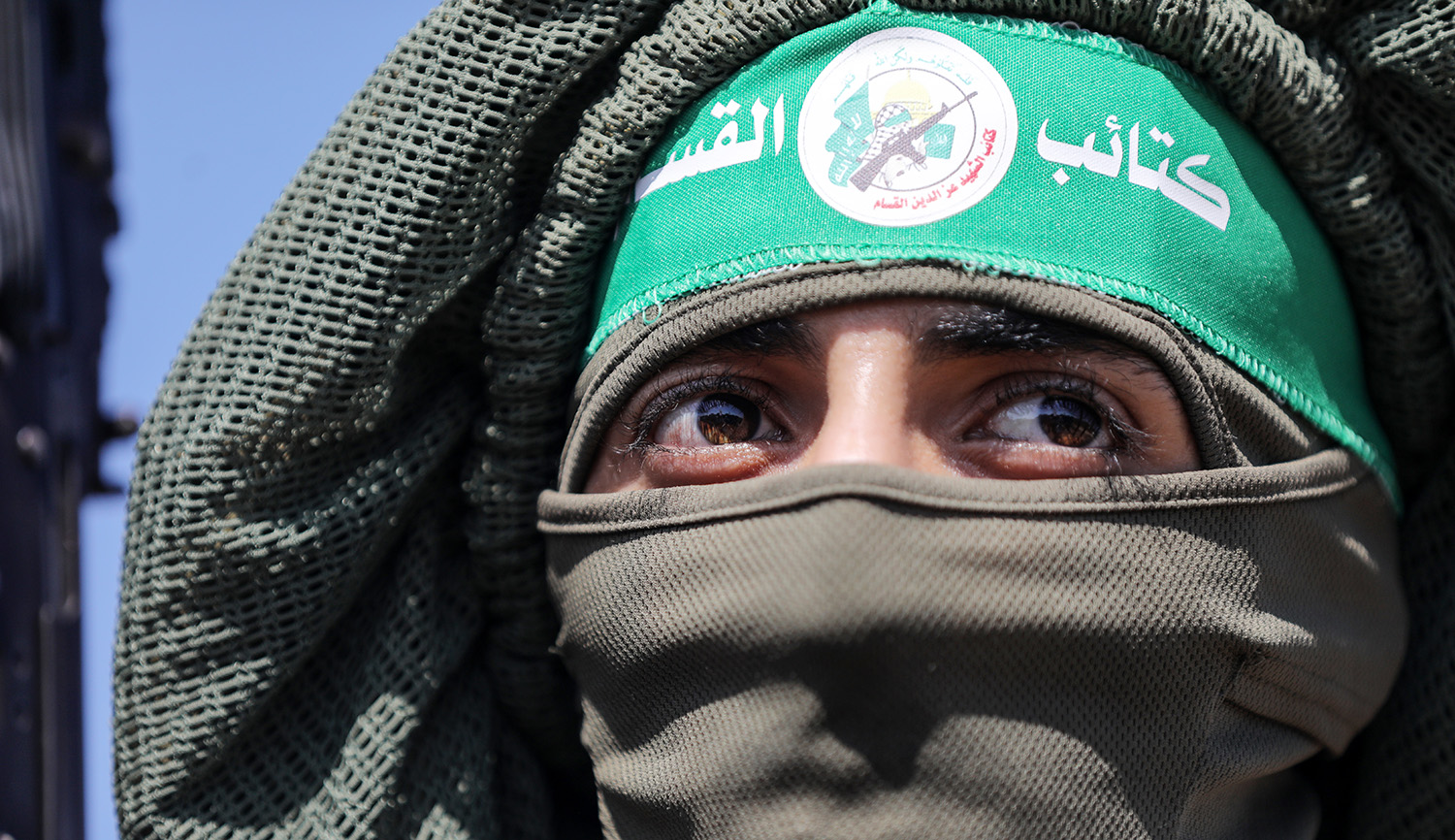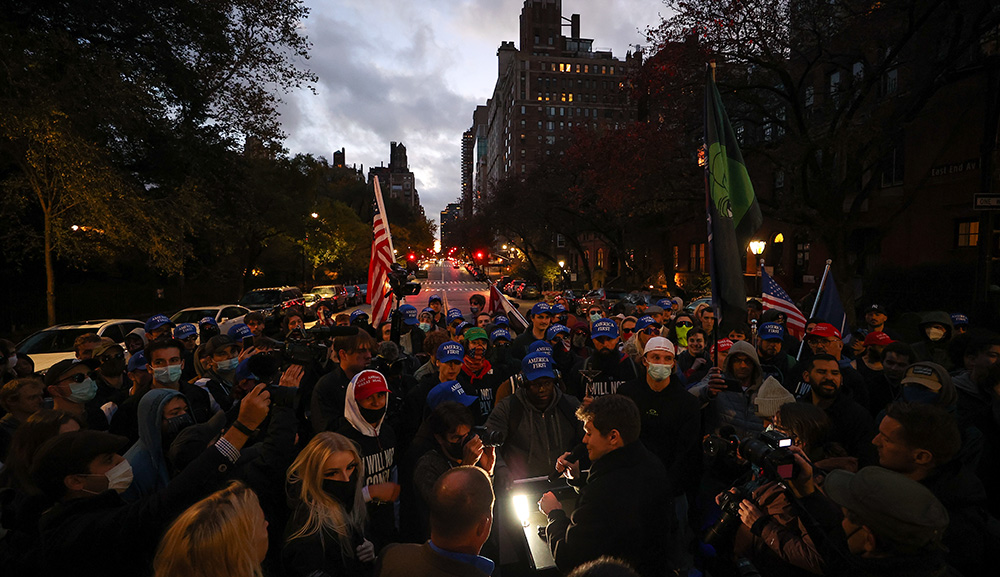For the past few years, the New York City Department of Education (DOE) has been pursuing an investigation into several ḥaredi yeshivas suspected of failing to meet the minimum educational standards required of private schools. On June 30, media outlets reported that the DOE had concluded its investigation. Melissa Langsam Braunstein describes how authorities are continuing to mishandle the situation:
According to last year’s revisions to state regulations, reviews should be “informed by and respectful of the cultural and religious beliefs and educational philosophy . . . in nonpublic schools.” Additionally, “instructional programs in nonpublic schools need not demonstrate perfect congruence between public and nonpublic school instruction.” DOE’s reviews convey neither respect nor an understanding of yeshiva education. Rather, they highlight that yeshivas fail at being public schools.
The letters to four yeshivas deemed not to be providing substantially equivalent instruction say they did “not satisfy the requirements of any of the [substantial equivalency] pathways.” Neither DOE nor the New York State Education Department (NYSED) explained whether the yeshivas were asked to identify preferred pathways, but last September, NYSED officially granted schools until December 2023 to specify them.
If ḥasidic parents wanted their children in New York City public schools, where a majority of students can’t read proficiently, ḥasidic children would be there. They are not.
Yeshiva parents know they face hostile forces, eager to overhaul their way of life. But other Americans with unfashionable values should consider this campaign against yeshivas a warning. Empowering the government to micromanage religious and other nonpublic education would homogenize all schools, and there would be no escaping the dominant educational culture.
More about: American Jewry, Hasidism, Jewish education, New York City


